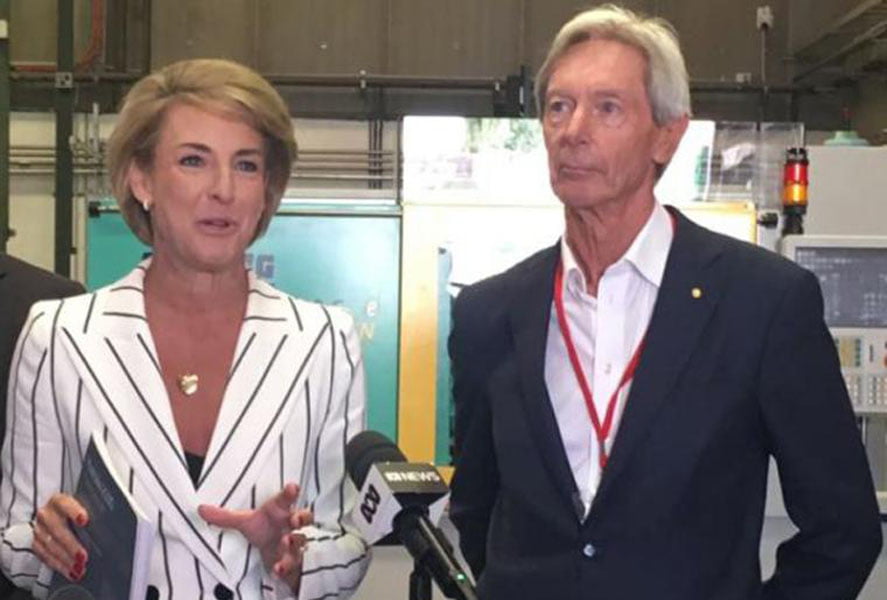The federal government has introduced draft legislation for public comment as first steps to amend the existing research and development tax incentive (R&DTI).
The proposed changes of the Treasury Laws Amendment (Research and Development Incentive) Bill 2018 are expected to refocus the support for larger companies undertaking higher-intensity R&D through greater rewards.
Under the amendment Bill, the government will increase the R&D expenditure threshold from $100 million to $150 million and make it a permanent feature of the law.

For companies with aggregated annual turnover of $20 million or more, the government will increase the tax offset rate from 38.5 percent to an amount equal to their corporate tax rate plus a premium based on the level of their incremental R&D intensity for their R&D expenditure.
This is expected to encourage these larger companies to lift their current R&D spending.
For companies with aggregated annual turnover below $20 million, they will be entitled to an R&D tax offset rate equal to their corporate tax rate plus a 13.5 percent premium.
This will be a change to the current offering where smaller entities are entitled to an R&D tax offset rate of 43.5 percent.
In addition, a $4 million cap on annual cash refunds has been introduced, although amounts that are in excess of the cap can become a non-refundable tax offset that can be carried forward into future income years. Clinical trials do not count towards the cap and remain refundable.
Other changes, according to the draft legislation, include improving transparency by enabling the Australian Taxation Office to publicly disclose for the first time details of how much a company has claimed and details of their R&D expenditure under the scheme.
Minister for Jobs and Innovation Michaelia Cash said the proposed amendments ensure the reforms operate consistently with policy intent and continue to provide targeted and effective support to innovative Australian companies that undertake R&D in Australia.
“By better targeting R&D investment, these changes will lead to new ideas, products, services and jobs,” she said.
The plan to amend the R&DTI was announced in the May Budget.
The government continues to stress how the restructure is part of its response to the recommendations that were made as part of the so-called Three F’s review of the R&D incentive two years ago and the more recent Innovation and Science Australia 2030 Strategic Plan.
While Shadow Treasurer Chris Bowen is choosing to remain quiet on this draft legislation until it’s introduced into Parliament, Innovation Science Australia (ISA) chairman Bill Ferris, who was a co-author of the 3F review and author of the 2030 Strategic Plan, recently revealed that the restructure falls short of the recommendations that were made in the 2030 Plan.
For instance, the ISA had sought a commitment from the government to ensure funding for research science and innovation did not fall below its medium-term average of 0.63 per cent and that savings from the restructure of the R&D tax incentive be deployed to direct assistance through Cooperative Research Centre projects, the Industry Growth Centres and the Entrepreneurs’ Programme.
Instead, the estimated $2.4 billion in savings that will be accrued over the four years of the forward estimates period from the package will largely be pocketed by the government – a move Senator Kim Carr previously labelled “budget fraud”.
Stakeholders have until 26 July 2018 to submit their responses for the consultation.
Do you know more? Contact James Riley via Email.

